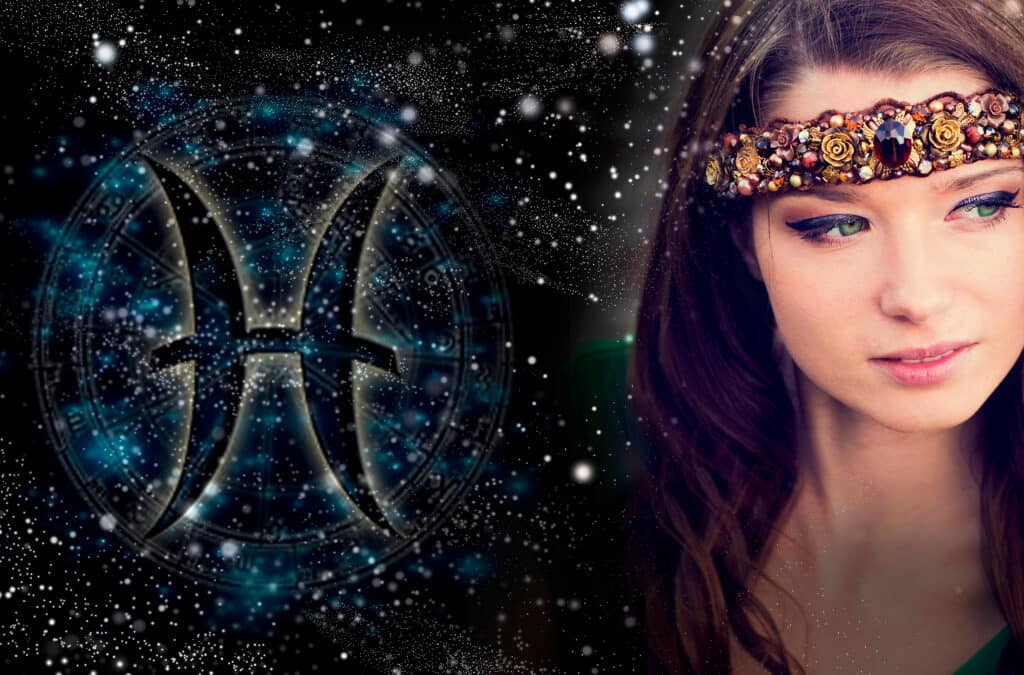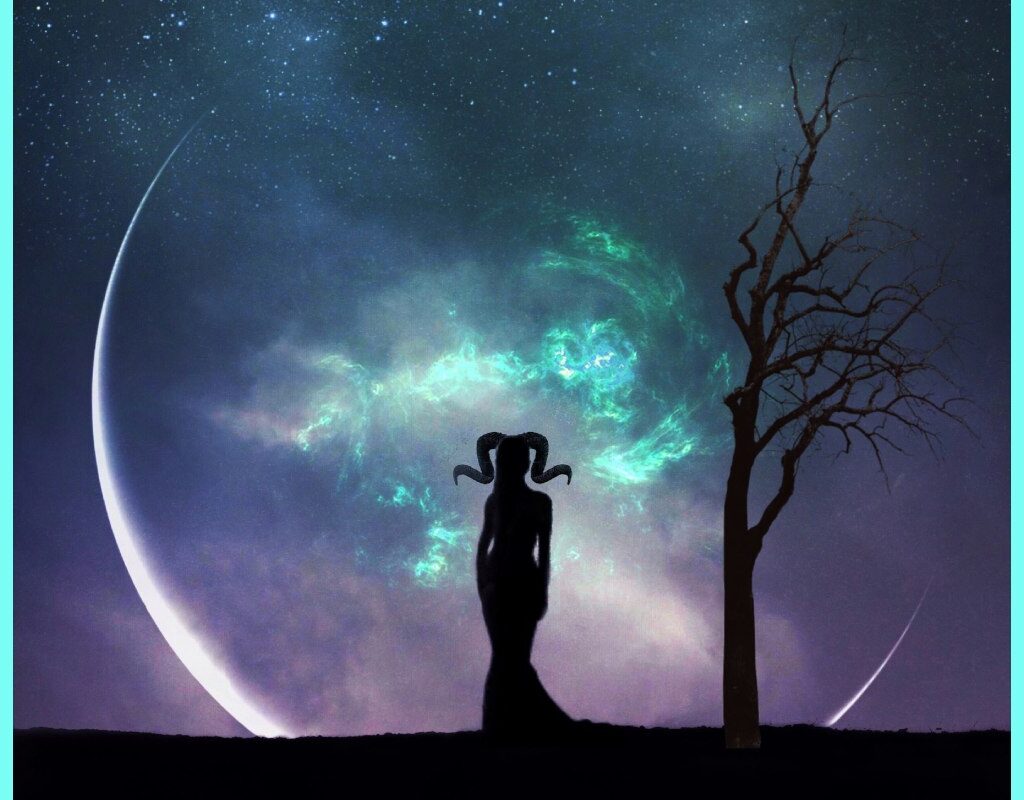Western astrology and its limited view of the southern hemisphere
With the emergence of extensive agriculture and livestock farming, surpluses and wealth were created, as well as social classes, religions and universal philosophies along with the state. We live in a global civilization where collective realities of cities, nations and the entire planet are dominated by “humanity”.
In reference to the natural-social dialectic, it can be appreciated that it is a way of talking about the individual-collective dialectic. However, to avoid confusion or reductions towards a lower social or a more massified collective, it is better to refer to personal-transpersonal dialectic to include concepts such as cosmic and the entire planet in larger totalities that involve the individual microcosm.
These advanced concepts replace ancient terms such as matter-spirit, body-soul or ego-love that carry negative connotations towards the physical and individual.
Astrology as a tool for understanding the processes of formation and evolution of humanity must consider the six individual signs and the six collective signs which in opposite and complementary pairs reflect the seasons occurring simultaneously in both hemispheres.
Despite this, Northern Hemisphere astrologers still do not take into account this complementary temporal dimension and continue to consider Aries as the beginning of everything in spring and Libra as mid-year in autumn. However, this is because historically only the Northern Hemisphere was known where most civilizations and astrology originated.
Only with the discovery of America and circumnavigation of the planet did we come to know about southern hemisphere where only 10 countries currently use Western astrology. In this sense, it is relevant to highlight that only down here is a more complete and inclusive vision being developed on how opposite complementary signs reflect opposing yet simultaneous cycles on Earth.
Therefore this new perspective gives us an even broader advantage for greater planetary consciousness.
Heliocentric and geocentric astrology
A necessary fusion to understand opposite seasons
On Earth, an interesting phenomenon always occurs: opposite seasons complement each other at the same time. This means that when it is spring in the Northern hemisphere, it is autumn in the Southern hemisphere; and when it is summer in the north, it is winter in the south. This fact can be observed astronomically and astrologically.
It has been proven that when the Sun is at 0° of Aries from a geocentric perspective, the Earth is at 0° of Libra from a heliocentric perspective. Thus, it is established that spring occurs in the North while autumn occurs in the South.
On the other hand, when the Sun is positioned at 0° of Capricorn, Earth is at 0° of Cancer. This means that during this winter period it corresponds to the Northern hemisphere while enjoying summer in the South. These are the fundamentals that explain why seasons are reversed between hemispheres.
For some astrologers, heliocentric and geocentric astrology are equally essential and complement each other magically and necessarily.
By merging both points of view, it must be remembered that the Sun does not move but its position on the zodiacal circle reveals Earth’s rotation and position. The ecliptic is simply a reflection of Earth’s circle traced in the sky. It is important to note that Earth is always in an exact opposite sign and degree to that of Sun to understand why two seasons occur simultaneously but inverted in different hemispheres of our planet.
In summer, light, warmth and individuality prevail but this does not mean darkness, unconsciousness and collectiveness disappear completely. Similarly, collectiveness predominates during winter but this does not imply that individuality and corporality disappear altogether.
Both seasons complement each other: when one prevails, its opposite remains latent but still exists. This phenomenon is evident throughout the planet where both seasons occur simultaneously but inverted in both hemispheres.
Although no astrologer has provided a solution to this fundamental mystery, it is essential to consider Earth’s position in the zodiac to understand the complex interactions between astrological elements.
Does the hemisphere influence your zodiac sign?
Astrological hypothesis suggests it
In the world of astrology, an interesting hypothesis arises about the possible difference between people of the same sun sign in the northern and southern hemispheres. Could an Aries born in spring in the northern hemisphere be different from one in the southern hemisphere where autumn occurs?
The theory proposed is that those in the northern hemisphere would be more focused on the sun while those in the south would be more connected to the earth. This idea was shared with advanced students who, when analyzing Pisces in the southern hemisphere, noticed very evident Virgo traits alongside typical Pisces traits. However, there was one exception: a student presented only typical Pisces traits despite being in that same group.
It was later discovered that she was born in Colombia which although located in South America belongs to the northern hemisphere. The research continues and astrology community is invited to join and propose other theories on this matter.
While I hesitated to include this hypothesis and observations in an article, a newly divorced patient with multiple planets in Scorpio came to her consultation.
Her main pain was not related to emotions concerning her separation but for having to leave her home due to excessive attachment…a typical Taurus trait! This synchronicity further reinforces the theory proposed.
The exposition of these two synchronic examples has allowed us to delve into one of astrology’s most complex and captivating facets: individual and collective response to duality between summer and winter, self and otherness.
Detailed interpretation of each sign will immerse us even further into its unbreakable relationship with nature, highlighting how symbolism of the 12 signs resembles natural cycle as well as individual and collective cycle of humanity.
With information from Manuel Ignacio Quiles
Manuel Ignacio Quiles is an Argentine-Brazilian clinical psychologist who has been trained in Psychosynthesis. He has been teaching psycho-astrology for 20 years and has written several books and essays, including “Concrete Symbols”, “I Hero of Myself”, “A New Concept of Love and Infidelity” and “Psychology of Death and Beyond”.




